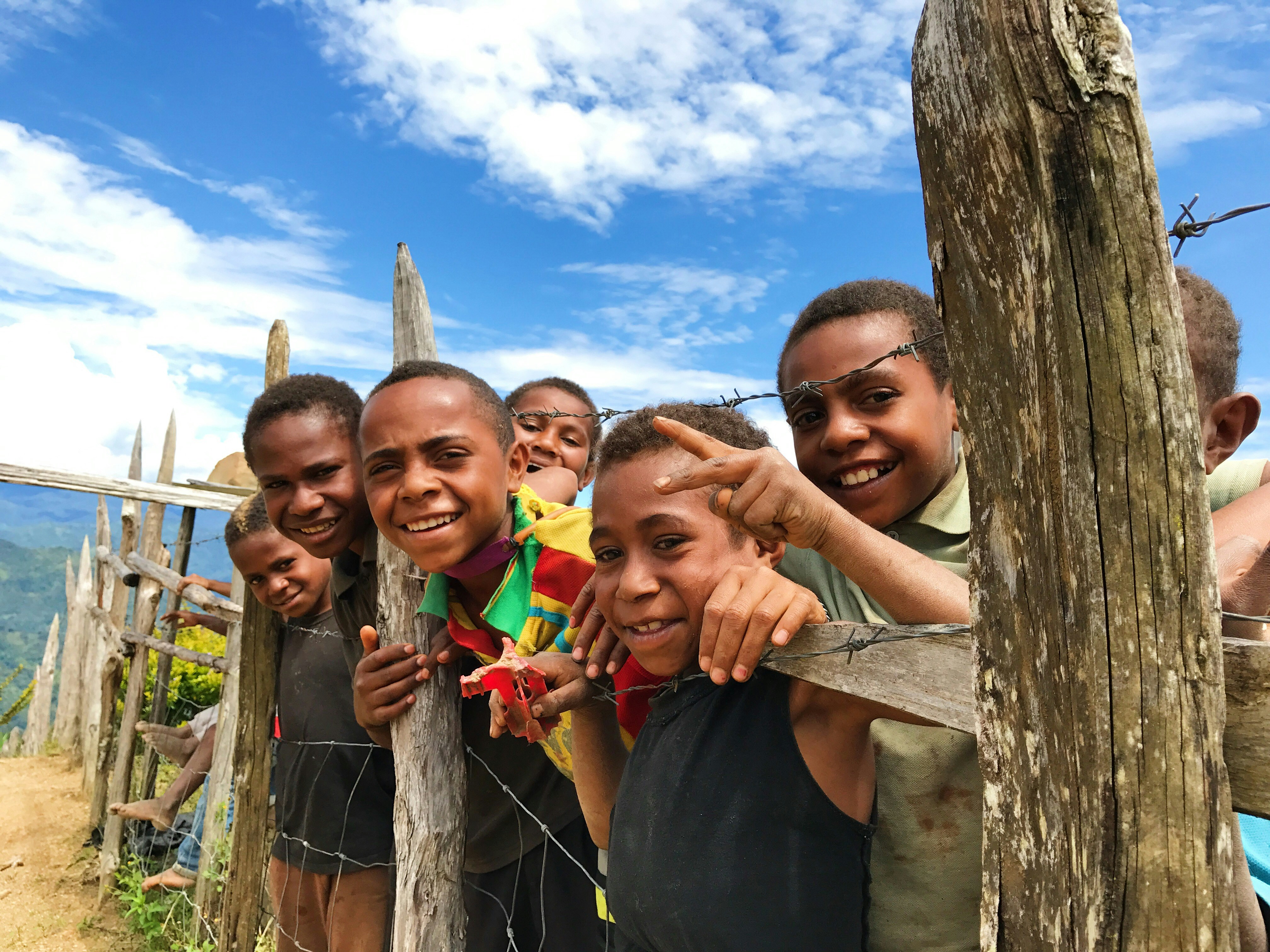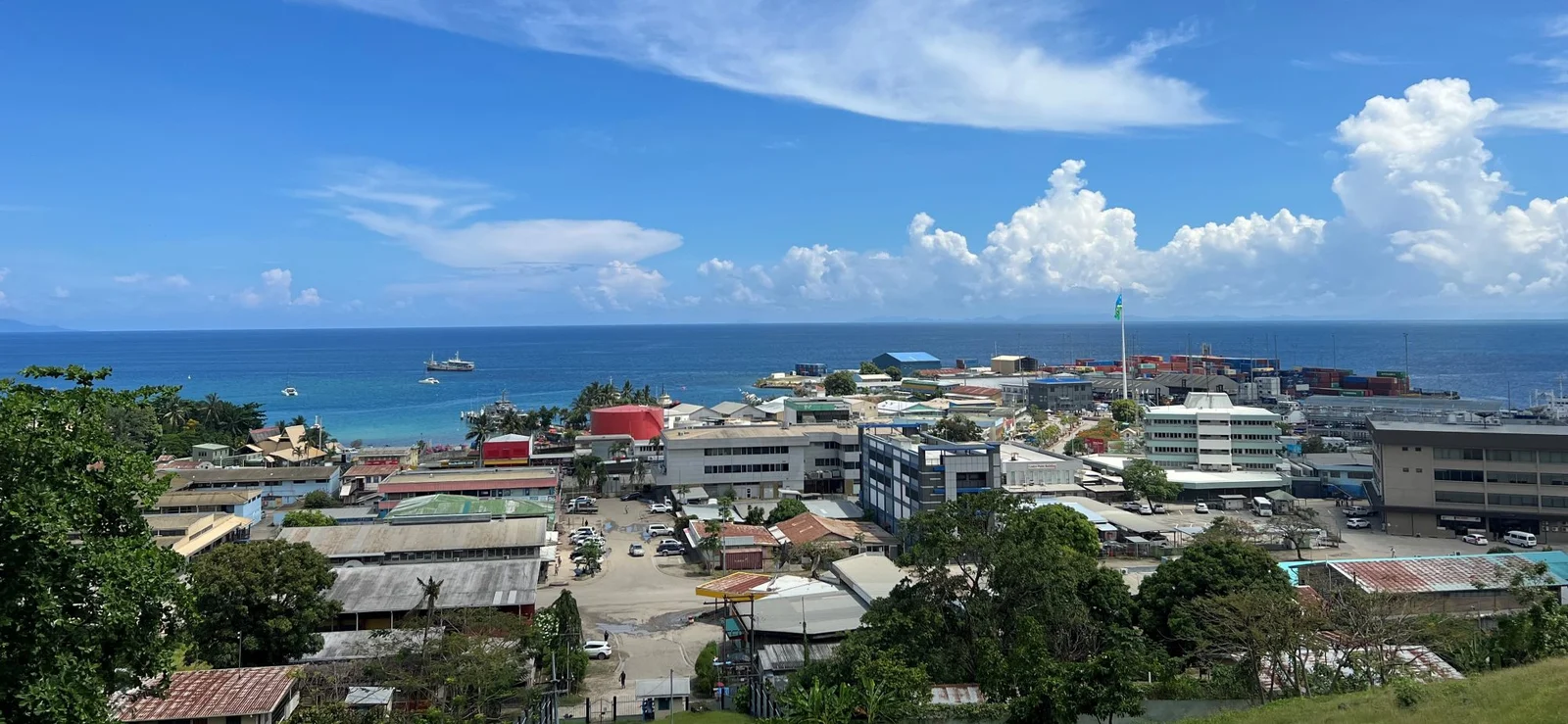
Lush rainforests, rugged mountains, and winding rivers that carve through endless greens conjure visions of a primordial paradise on a land we call Papua New Guinea (PNG). For the millions who call this country home, the same landscapes that sculpt its stunning natural splendour also offers sanctuary to one of PNG's oldest foes - malaria.
PNG’s malaria burden is formidable. Though its population accounts for only slightly over 1% of the Western Pacific’s population, PNG is recognised as the region’s malaria epicentre, shouldering nearly 90% of the malaria burden in the region.
However, tackling malaria in PNG is an uphill battle. Mountains, islands, and river basins isolate the communities most in need from the care they most deserve. In some villages, the only route to receive medical attention is a long arduous journey through dense forest or a slow sail by canoe. Malaria, despite curable and preventable, turns into a silent killer for these communities.
A moving target
PNG’s fight against malaria is painted by an ebb and flow of hope and regression. Between 2006 and 2013, mass distribution of insecticide-treated nets and improved access to diagnostic tests and medicines led to a persistent drop of malaria cases. However, the tide reversed after 2013 when effectiveness of nets wore out, drug supplies dwindled, and budgets tightened. The result was a devastating reversal of gains, with cases resurging by 2017 and the aftermath still acutely felt today.
At present, the threat is unevenly distributed across the nation. While the highlands find respite from malaria, it remains a constant threat in the coastal and lowland regions, especially Momase. Here, children, adolescents, and women bear the heaviest malaria burden. For many in the hardest-hit provinces, the back-breaking hours or days required to reach a functioning, well-equipped clinic could dictate their health outcomes.
Hard-to-reach, left behind
In PNG, over 80% of its populations live in rural areas, often in villages that are deeply isolated. The problem is compounded by a diverse tapestry of over 7,000 cultural groups and 840 languages, which complicates effective delivery of health services.
The geographical and demographic challenges are only part of the picture as delivery of effective healthcare is strangled by deeper social issues. Entrenched poverty, gender inequality, and pervasive gender-based violence conspire to keep women and vulnerable groups away from the care they need most. Furthermore, for people with disabilities, sex workers, transgender people, refugees, and displaced communities, seeking healthcare often also means confronting stigma and discrimination. For them, the malaria burden extends beyond health and wellbeing, for they also grapple with profound social exclusion and marginalization.
Building solutions from the ground up
To confront its systemic challenges, PNG has recalibrated its efforts over the years to regain lost progress and advance towards elimination. The National Malaria Control Programme is actively adapting its malaria strategies to ensure the most vulnerable communities are protected. Notably, three key strategies stand at the forefront:
1. Sub-national tailoring
Moving past a “one size fits all” approach, PNG has adopted a tailored approach where local data and conditions directly inform programmatic decision-making. The sub-national tailoring approach ensures that resources are strategically directed to areas with the greatest needs, such as prioritising distribution of nets, medicines, and other interventions to high-risk areas like those in the Momase and Islands regions.
2. Community-based case management
PNG’s Home-based Management of Malaria programme empowers local volunteers, known as Community Malaria Volunteers (CMVs), to take ownership of their malaria initiatives. This involved training CMVs to test and treat malaria in their villages, thereby overcoming the geographical barrier to accessing health services and enabling the provision of care closer to where hard-to-reach communities live.
Evaluations in provinces like East Sepik and Sandaun revealed a glimmer of hope: nearly 9 out of 10 people now seek help from CMVs at the first sign of a fever, marking a significant shift away from reliance on self-treatment using traditional remedies. Crucially, the programme also emphasizes gender balance in CMV recruitment, creating an environment where women feel safe accessing care while normalizing health-seeking behaviours for men.
3. Tackling gender and social barriers
Recognizing the persistent social barriers in addressing malaria, PNG has put in place trainings for health workers and volunteers on issues like gender-based violence, diversity, and human rights. The goal is simple: to make malaria services more inclusive, respectful, and accessible to everyone, regardless of their gender, physical conditions, status, or where they live.
Challenges that remain
Despite promising progress, the journey toward malaria elimination remains challenging. Volunteers frequently face dire shortages of basic supplies like diagnostic tests and medicines, and even simple working tools like notebooks and raincoats necessary to carry out their tasks effectively. Many of them work without compensation, and the frequent long distances render regular supervision and mentorship out of reach. This means that these programmes risk losing the trust of the very communities they aim to serve, if the supply chains and volunteer infrastructure are not urgently and decisively strengthened.
Furthermore, vulnerable groups like adolescents, people with disabilities, and marginalized communities remain invisible in the malaria data that PNG currently collects, which makes effective and adequate provision of care challenging as their specific needs remain unknown. Challenges in social and behaviour change communication represents another weak spot. Efforts to promote behavioural change are hampered by weak outreach, resulting in lower general awareness about malaria prevention. This underscores the need for tailored strategies to engage PNG’s diverse populations, including providing accessible information for low-literacy communities.
The way forward
PNG’s journey offers a profound lesson that tackling malaria in remote and hard-to-reach areas demands far more than providing bed nets or essential medicines. Malaria interventions must be rooted in trust, inclusion, and equity, with a mandate of ensuring no one is left behind.
The path ahead demands a trinity of action - investment, innovation, and partnerships. This could mean integrating malaria services into broader community health programmes, harnessing the influence of faith-based and civil society groups, or leveraging technology like drones and mobile health applications to overcome the barriers of unforgiving geographies.
Above all, the path to elimination must be rooted in the needs and voices of the local communities themselves. Effective, lasting change occurs only when solutions are grounded in the lived experiences, languages, and deep-rooted traditions of the communities affected.
For the Asia Pacific region, malaria elimination in PNG is a regional imperative. Success in PNG will offer a blueprint for global elimination efforts, providing critical learnings on reaching the most remote and vulnerable communities. Achieving the 2030 elimination goal in PNG will do more than just advancing a global health agenda, it will also leave a profound mark on equity and human dignity, affirming the right of every person – no matter how distant – to live free from this ancient suffering.
.svg)









